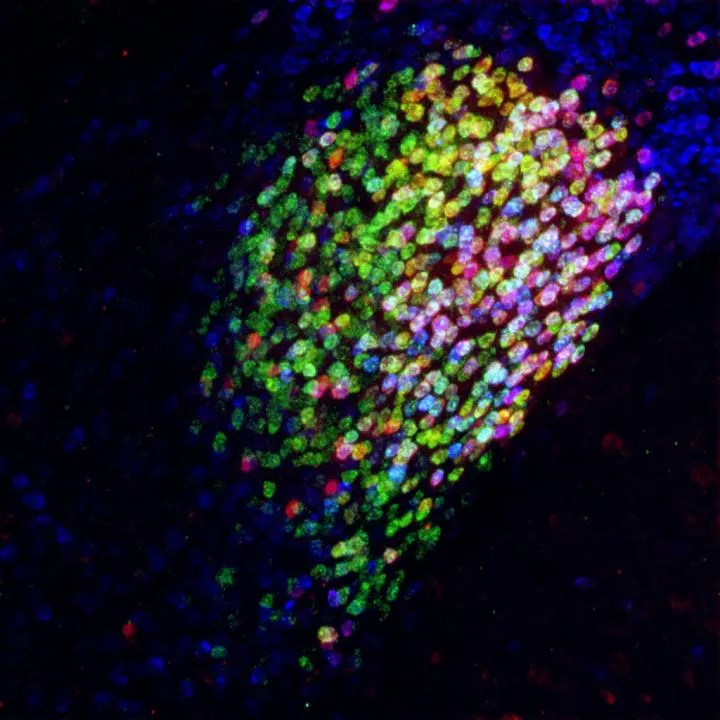It seems that the brain may have an ‘off switch’ for pain. Researchers at Duke University have found a small area of the brain in mice that can control the animals’ sense of pain.
The ‘switch’ is located in the amygdala, an area of the brain more often considered the home of negative emotions and responses, like the fight or flight response, or general feelings of anxiety. Mice have a relatively larger central amygdala than humans, but the team says the system for controlling pain is likely to be similar.

“People do believe there is a central place to relieve pain, that's why placebos work,” said senior author ProfFan Wang. “The question is where in the brain is the centre that can turn off pain.
"Most of the previous studies have focused on which regions are turned on by pain. But there are so many regions processing pain, you'd have to turn them all off to stop pain. Whereas this one centre can turn off the pain by itself.”
The researchers found they could ‘switch off’ the behaviours a mouse exhibits when it feels uncomfortable by activating its CeAga neurons, a region of neurons found in the amygdala. They did this using a technology called optogenetics, which uses light to activate a small population of cells in the brain.
Read more about pain:
- A genetic mutation could help us understand how to stop pain
- Women might not remember pain as much as men
The mice under test completely stopped licking their paws and wiping their faces, behaviours they commonly display when agitated, as soon as the light was switched on to activate the anti-pain centre.
“It's so drastic,” Prof Wang said. “They just instantaneously stop licking and rubbing.”
The researchers are hoping to use the findings to create a new kind of painkilling drug.
Reader Q&A: Could painkillers also kill pleasure?
Asked by: Henry Parr, Frome
A couple of recent studies at the Ohio State University suggested that painkillers can blunt feelings of pleasure as well as pain. The researchers found that one 1,000mg dose of paracetamol could reducethe pleasure experienced from looking at heart-warming pictures, or reading short stories about someone having good luck.
It may be that paracetamol affects signalling processes in the brain linked to mood. However, the studies had a limited scope – focusing on students in a lab – making it difficult to equate with real-life settings.
Read more:
